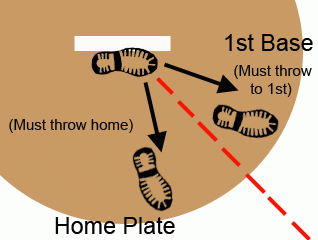For many baseball fans, few calls are as puzzling as the balk. You’ll see an umpire suddenly stop play, point to the pitcher, and award runners an extra base—often leaving fans (and sometimes even players) scratching their heads. So, what exactly is the balk rule in Major League Baseball (MLB), and why does it matter?
The Purpose of the Balk Rule
The balk rule exists to protect base runners from being unfairly deceived by the pitcher. In simple terms, a balk is called when the pitcher makes an illegal motion on the mound that could trick a runner into thinking a pitch or pickoff throw is happening.
When a balk is called:
- All base runners automatically move up one base.
- The pitch itself does not count, unless the batter reaches first base safely on the play.
Common Balk Violations
While the MLB rulebook outlines about a dozen specific infractions, these are the most common ways a pitcher can commit a balk:
- Not coming to a complete stop: A pitcher in the set position must pause before delivering the pitch.
- Starting and stopping: Beginning a motion toward home plate and then not throwing the ball.
- Illegal pickoff throws: Throwing to a base without stepping directly toward it.
- Dropping the ball on the rubber: If the pitcher accidentally drops the ball while in contact with the mound.
- Faking a pitch or throw: Pretending to pitch to home plate or faking a throw without following through.
- Failing to disengage properly: Not stepping off the rubber correctly before attempting a pickoff.
Why Balks Are Rare—but Important
Though balks don’t happen often, they can be game-changing moments, especially with runners in scoring position. A single balk can move a runner from second to third—or even bring in a run from third base—without a hit being recorded.
Umpires are trained to enforce balk rules strictly, but since judgment is involved, some balk calls remain controversial among players, managers, and fans.
The Bottom Line
The MLB balk rule is all about fairness. It prevents pitchers from using deceptive movements to fool base runners and ensures that the game remains balanced between offense and defense. While confusing at first, once you know the common violations, balks start to make more sense—and you may even spot them before the umpire does.

